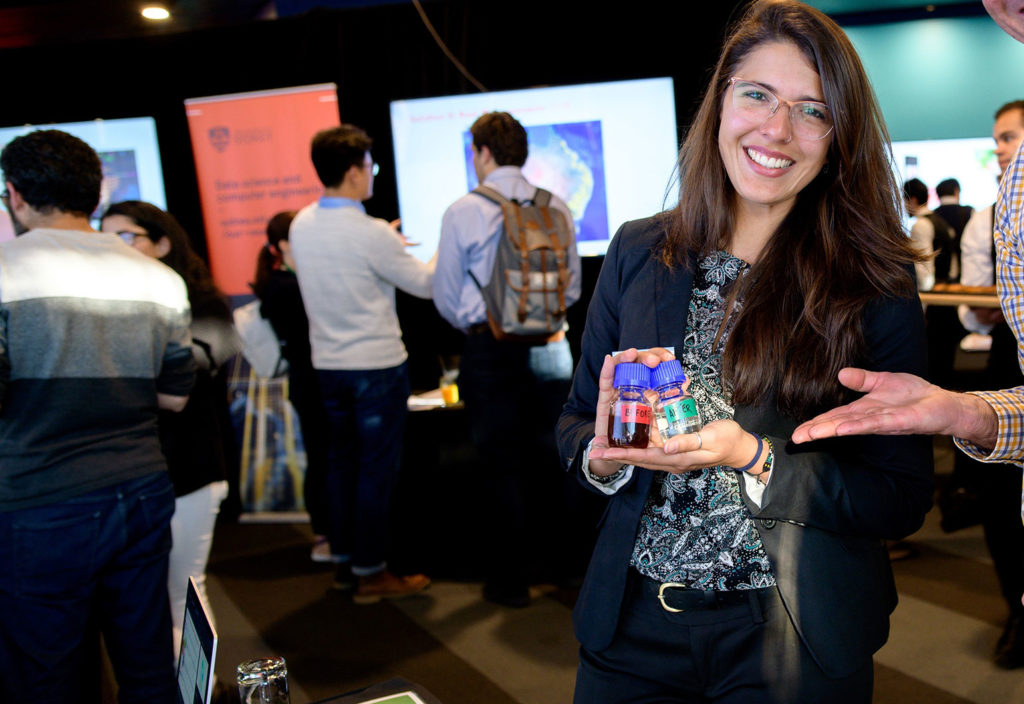Australian engineers have found a way to use electricity to clean heavily polluted industrial wastewater.
Researchers from the University of Sydney pioneered the treatment, which uses an advanced oxidation process to eliminate stubborn organic aqueous pollutants.
Julia Ciarlini, a PhD candidate at the university’s School of Chemical and Biomolecular Engineering, was part of the team that treated wastewater containing carbon, nitrogen and phosphorus.
“The electrochemical process used in our work consists of discharging a direct current of electricity through specialised materials in contact with a recirculating stream of contaminated water,” she told create.
She added that the “incredibly powerful” process eliminates even the most persistent non-biodegradable pollutants, and does not require the addition of chemicals or produce additional waste streams.
“This process could be a game changer because of its versatility and ability to reduce organic pollution to very low levels, or to improve the biodegradability of recalcitrant wastewater before conventional biological treatments,” she said.
“This is all done without the addition of chemical reagents or generation of extra waste, in a relatively simple setup.”
With a 2017 UNESCO report finding that more than 80 per cent of the world’s wastewater was released back into the environment without treatment — where it could contaminate fresh water supplies — the new process has great potential.
However, Ciarlini said that while the technology could be employed in many industries — such as wineries, pharmaceutical manufacturers and other sectors that must comply with strict wastewater regulations — there were some limits to its application.
“The process is particularly effective for mitigating organic pollution, which is common to a variety of industries, although it is also possible to tackle inorganics, such as heavy metals, by tailoring the conditions for this particular application,” she said.
“The demand for electricity can be a drawback depending on the desired extent of the treatment. I have not learned about possibilities of using a similar approach to treat radioactive waste, for example.”
Ciarlini added that there were “numerous” possibilities for the technology yet to be explored.
“Electrochemical technologies with a very similar setup can be useful for the synthesis of commodity chemicals, such as ammonia, acetic acid and formic acid, as well as for the production of clean energy such as hydrogen,” she said.
As for further research, Ciarlini and her fellow researchers are seeking a better fundamental understanding to be able to diversify and possibly upscale its application.
“We are carrying out studies with individual contaminants and synthetic wastewater that are representative of the effluent we have investigated in our first publication to unravel the chemical transformations taking place during the electrochemical oxidation,” she said.
Read the full study in Algal Research.
